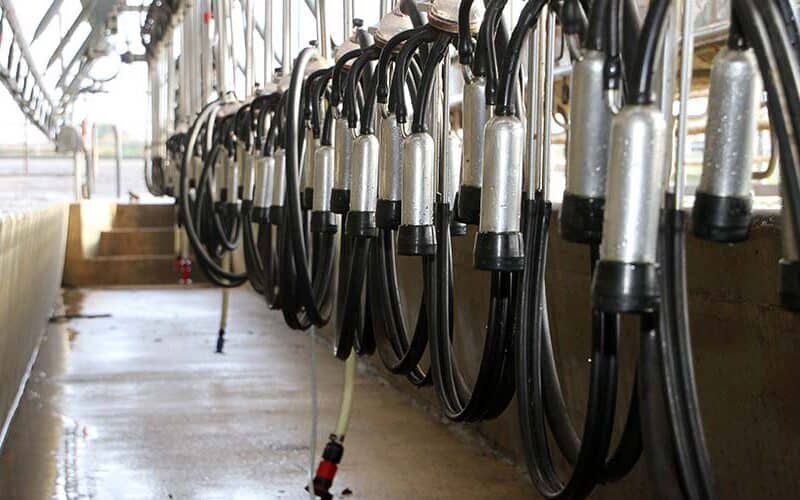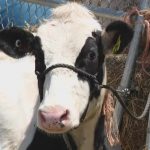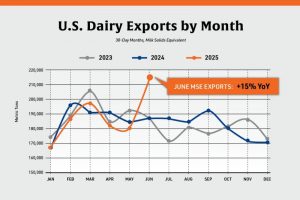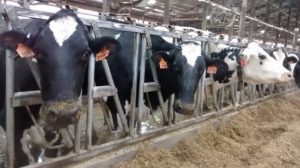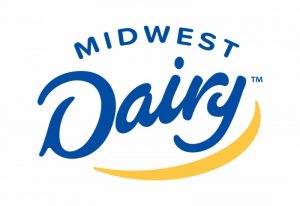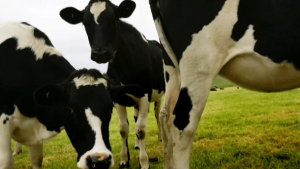
The Agriculture Department’s latest preliminary data shows April output at 19.2 billion pounds, up just 0.3% from April 2022.
The 24-State total, at 18.4 billion pounds, was up 0.5% from a year ago. The March 50-State and 24-State totals were revised up 16 million pounds.
Cow numbers totaled 9.43 million, down 16,000 head from the March count, which was revised up 11,000. The herd was up 23,000 head from January and up 26,000 from a year ago.
The 24-State count was down 15,000 from the March number, which was revised 7,000 head lower, and 36,000 head above a year ago.
Output per cow averaged 2,037 pounds, up 1 pound or 0.05% from April 2022 in the 50 states, and up 2 pounds to 2,055 pounds, in the top 24 states.
HighGround Dairy points out “A big driver of the lower milk per cow nationally is smaller yields from California, which makes up around 18% of total U.S. milk output. March and April 2023 had dismal milk per cow numbers, down 2.1% and 1.9% year over year, respectively.”
StoneX adds: “As new crop hay becomes available and farm level feed costs shift lower we should see improved production per cow as we move through the year.”
California output, still recovering from weather in March, saw output drop to 3.5 billion pounds, down 69 million or 1.9% from a year ago, as output per cow was down 40 pounds. Cow numbers were unchanged.
Wisconsin output totaled 2.6 billion pounds, up 3 million pounds or 0.1% from a year ago, thanks to a 10-pound gain per cow offsetting the loss of 5,000 cows.
Texas output was up 1.3%, thanks to a 10-pound gain per cow. Cow numbers were up 5,000 from a year ago but were 15,000 lower than in March due to that devastating fire.
Idaho was up 2.7%, on 16,000 more cows and a 5-pound gain per cow. Michigan was up 2.6%, Minnesota up 1.5%, New Mexico down 3.1%, and New York was up 2.4%.
Oregon was down 1.3%, on a loss of 2,000 cows. Output per cow was up 5 pounds.
Pennsylvania was unchanged, South Dakota was up 7.7%, and Washington state was up 0.8%, thanks to a 30-pound gain per cow offsetting the loss of 2,000 cows.
Milk components were up from last year, adds StoneX, “so component-adjusted production was up 1.1%. While there may be some signs of stress on U.S. dairy farms, those revealed in this report are largely result of both problematic weather and a horrific fire, not necessarily financial. That will likely change this month and potentially result in more widespread contraction heading into the second half of 2023.”
Meanwhile, dairy culling is running ahead of year ago levels and likely to increase. The May 19 “Daily Dairy Report” warned that “milk revenue will be sharply lower soon. May Class III futures settled today at $16.19 and June touched a low of $15.80 before recovering to $16.06. Milk production costs vary widely, but there is hardly a dairy in the nation able to make milk for $16 today,” the DDR warned.
‘Whey’ down
Cash dairy prices are giving little hope, with whey grabbing particular attention. It closed 3.75 cents lower last week, at 26.50 cents per pound, lowest price since March 13, 2018, the second day it started trading at the CME at 26 cents per pound. Friday’s price was 24.25 cents below a year ago; 75 loads were sold last week, the highest weekly total since the week of Sept. 30, 2019.
The offers kept coming Monday and the whey fell to 25.50 cents per pound, down a penny, lowest price ever, with 7 sales on the board. It regained a half-cent Tuesday, inching back to 26 cents per pound, with 31 bids going unfilled.
China’s April whey imports were up 13.5% and up 43.8% year to date but not enough to absorb the increased U.S. whey stream resulting from large U.S. cheese output. The milk supply will grow even more as schools close for the summer.
Cheddar block cheese fell to $1.47 per pound last Monday, lowest price since June 9, 2021, then climbed back to $1.54 Wednesday, but closed Friday at $1.5350, up a half-cent on the week, ending seven weeks of decline, but 84.50 cents below a year ago.
The barrels fell to $1.4425 last Thursday, lowest since Sept. 7, 2021, but rallied to a Friday finish at $1.47, 2 cents lower on the week, 87.75 cents below a year ago, and 6.50 cents below the blocks. Sales totaled 35 cars of block and 54 of barrel.
